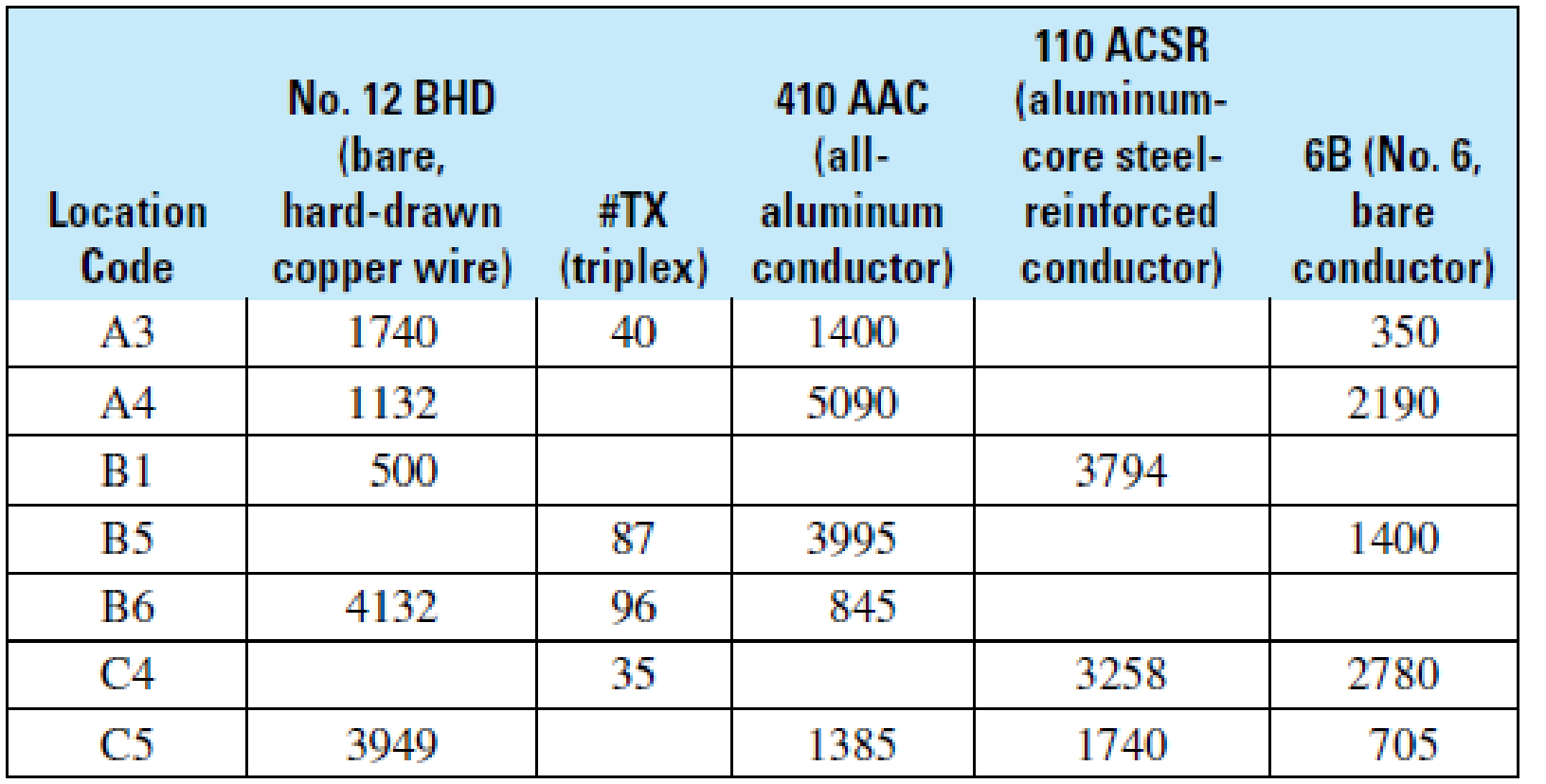
Concept explainers
E. Calculator Problems
You probably own a calculator and, of course, you are eager to put it to work doing practical math calculations. In this text we include problem sets for calculator users. These problems are taken from real-life situations and, unlike most textbook problems, involve big numbers and lots of calculations. If you think that having an electronic brain-in-a-box means that you do not need to know basic arithmetic, you will be disappointed. The calculator helps you to work faster, but it will not tell you what to do or how to do it.
Detailed instructions on using a calculator with whole numbers appears on page 68.
Here are a few helpful hints for calculator users:
- 1. Always estimate your answer before doing a calculation.
- 2. Check your answer by comparing it with the estimate or by the other methods shown in this text. Be certain that your answer makes sense.
- 3. If you doubt the calculator (they do break down, you know), put a problem in it whose answer you know, preferably a problem like the one you are solving.
Electrical Trades A mapper is a person employed by an electrical utility company who has the job of reading diagrams of utility installations and listing the materials to be installed or removed by engineers. Part of a typical job list might look like this:
INSTALLATION (in feet of conductor)

- (a) How many total feet of each kind of conductor must the installer have to complete the job?
- (b) How many feet of conductor are to be installed at each of the seven locations?
Want to see the full answer?
Check out a sample textbook solution
Chapter 1 Solutions
MATHEMATICS FOR THE TRADES MYMATHLAB AC
- 2 Q/ Let d₂ +d, di, d2: R² XR² R² defined as follow ((x+x), (2, 1) = √(x-2)² + (x_wx • d₁ ((x,y), (z, w)) = max {1x-z\, \y-w\} • 1 1 dq ((x,y), (Z, W)) = \ x=2\+\-w| 2 • show that dod₁, d₂ are equivalent? 2arrow_forward2 +d, di, d2: R² XR² > R² defined as follow Q/ Let d₂ 2/ d((x+x), (2, 1)) = √(x-2)² + (x-wsc • d₁ ((x,y), (z, w)) = max {| x-z\, \y-w\} • d₂ ((x, y), (Z, W)) = 1x-21+ \y-w| 2 • show that ddi, d₂ are equivalent? އarrow_forwardNumerical anarrow_forward
- 1. Prove the following arguments using the rules of inference. Do not make use of conditional proof. (а) а → (ЪЛс) ¬C ..¬a (b) (pVq) → →r יור (c) (c^h) → j ¬j h (d) s→ d t d -d ..8A-t (e) (pVg) (rv¬s) Лѕ קר .'arrow_forwardThe graph of f(x) is given below. Select each true statement about the continuity of f(x) at x = 1. Select all that apply: ☐ f(x) is not continuous at x = 1 because it is not defined at x = 1. ☐ f(x) is not continuous at x = 1 because lim f(x) does not exist. x+1 ☐ f(x) is not continuous at x = 1 because lim f(x) ‡ f(1). x+→1 ☐ f(x) is continuous at x = 1.arrow_forward2. Consider the following argument: (a) Seabiscuit is a thoroughbred. Seabiscuit is very fast. Every very fast racehorse can win the race. .. Therefore, some thoroughbred racehorse can win the race. Let us define the following predicates, whose domain is racehorses: T(x) x is a thoroughbred F(x) x is very fast R(x) x can win the race : Write the above argument in logical symbols using these predicates. (b) Prove the argument using the rules of inference. Do not make use of conditional proof. (c) Rewrite the proof using full sentences, avoiding logical symbols. It does not need to mention the names of rules of inference, but a fellow CSE 16 student should be able to understand the logical reasoning.arrow_forward
- Find the inverse of the matrix, or determine that the inverse does not exist for: € (b) 7 -12 240 1 1 1 (c) 2 3 2 2 17 036 205 20 (d) -1 1 2 1 T NO 1 0 -1 00 1 0 02 (e) 1 0 00 0 0 1 1arrow_forward4. Prove the following. Use full sentences. Equations in the middle of sentences are fine, but do not use logical symbols. (a) (b) (n+3)2 is odd for every even integer n. It is not the case that whenever n is an integer such that 9 | n² then 9 | n.arrow_forward3. (a) (b) Prove the following logical argument using the rules of inference. Do not make use of conditional proof. Vx(J(x)O(x)) 3x(J(x) A¬S(x)) . ·.³x(O(x) ^ ¬S(x)) Rewrite the proof using full sentences, avoiding logical symbols. It does not need to mention the names of rules of inference, but a fellow CSE 16 student should be able to understand the logical reasoning.arrow_forward
- 3. Pleasearrow_forwardWhat does the margin of error include? When a margin of error is reported for a survey, it includes a. random sampling error and other practical difficulties like undercoverage and non-response b. random sampling error, but not other practical difficulties like undercoverage and nonresponse c. practical difficulties like undercoverage and nonresponse, but not random smapling error d. none of the above is corretarrow_forwarda is done please show barrow_forward
 Intermediate AlgebraAlgebraISBN:9781285195728Author:Jerome E. Kaufmann, Karen L. SchwittersPublisher:Cengage Learning
Intermediate AlgebraAlgebraISBN:9781285195728Author:Jerome E. Kaufmann, Karen L. SchwittersPublisher:Cengage Learning Algebra for College StudentsAlgebraISBN:9781285195780Author:Jerome E. Kaufmann, Karen L. SchwittersPublisher:Cengage Learning
Algebra for College StudentsAlgebraISBN:9781285195780Author:Jerome E. Kaufmann, Karen L. SchwittersPublisher:Cengage Learning

